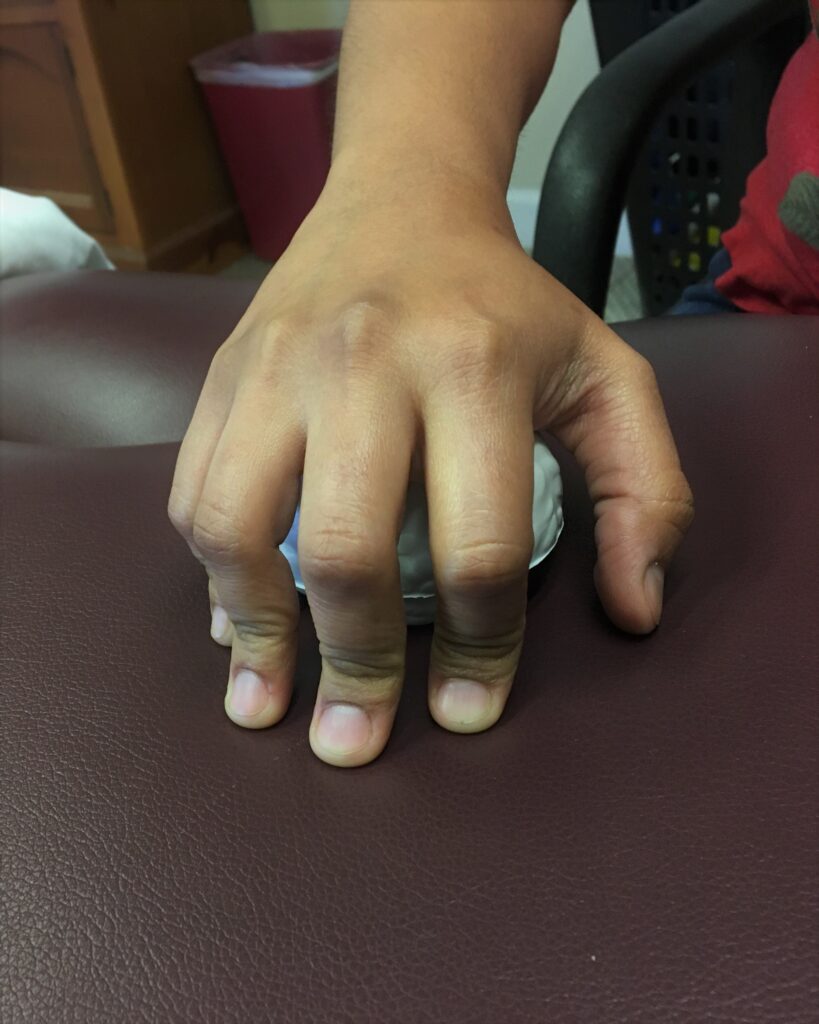
Physical and occupational therapy are instrumental to the management of joint hypermobility. Finding the right professional to help you with your therapy goals can be difficult and confusing. So what does therapy look like for people with EDS/HSD? Let me explain it in a Q&A format below.
- What’s the difference between PT and OT? What’s a CHT?
- Physical therapy generally addresses issues of the spine, shoulders, and lower body.
- Occupational therapy generally focuses on activity modification of every day occupations/activities.
- A certified hand therapist (CHT) can help you specifically address upper extremity issues from the fingers to the shoulders. CHTs require additional training and certification in addition to being a PT or OT. Most CHTs are OTs by training.
- All therapy involves a collaborative approach between the therapist and the client.
- The therapist will start the relationship by conducting a thorough assessment to identify joint hypermobility/instability, postural faults, poor biomechanical patterns, neural tension, and muscular weakness/imbalance.
2. How do I choose the right therapist for me?
- Look at their credentials and see if it matches your needs.
- Do they have additional training/interest in working with people with hypermobility? Ask if they have worked with people with hypermobility, HSD or EDS before?
- Before you attend your first session, make a list of symptoms that you want to address and also activities that trigger those symptoms.
